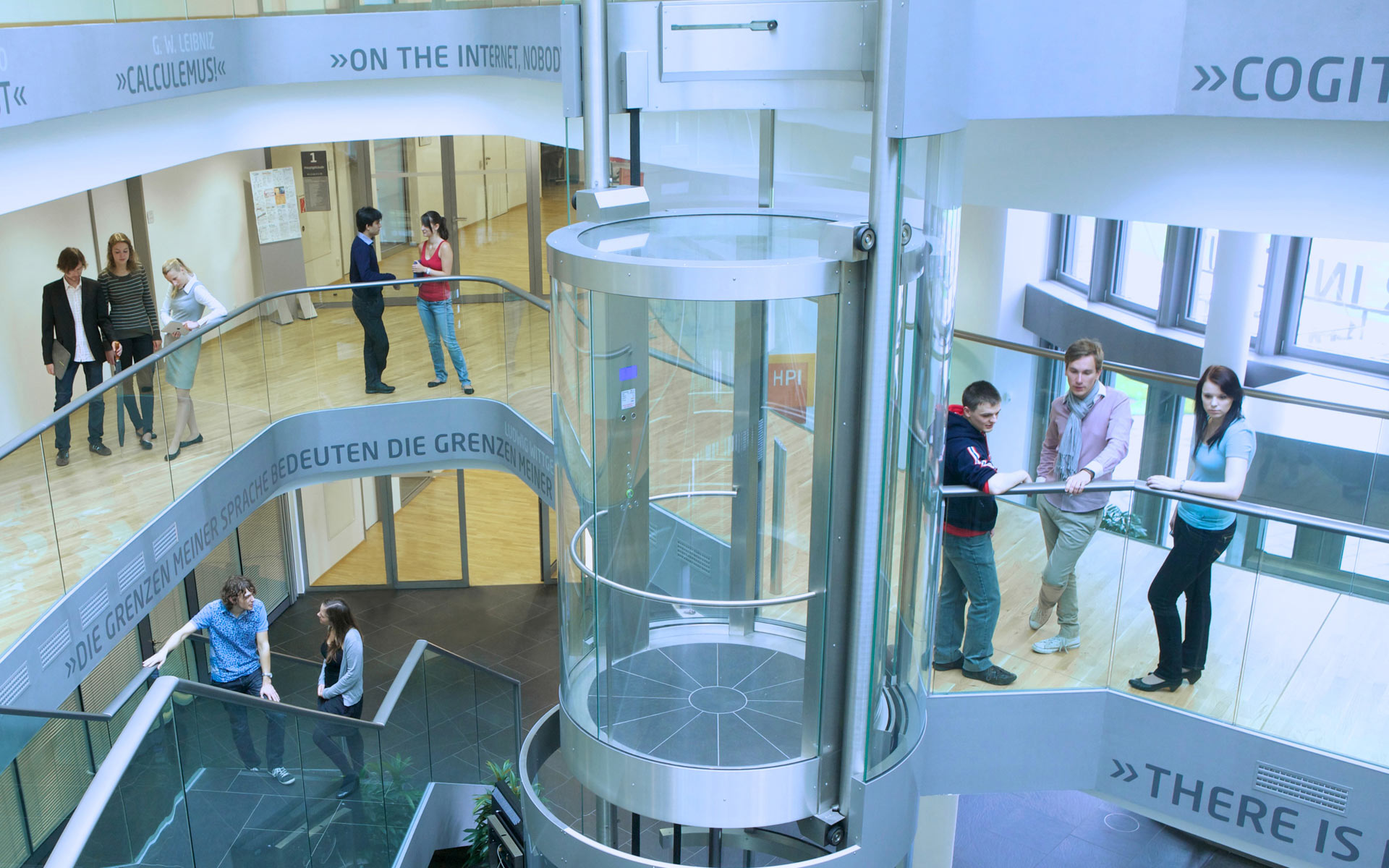When combined with 3D scanning, 3D printing allows converting physical objects to a digital state and back. While in digital form, users can share objects with others and as a result, many envision a future in which any object will be available to anyone anywhere anytime. Some researchers in psychology, however, have looked at the sharing of physical objects from a different perspective. They question whether replicating an object is always desirable, as additional copies affect the uniqueness and thus the emotional value of a physical object (see Hood and Bloom’s work on duplication psychology). Consequently, they speculate whether the value of an object might not be better preserved if one were able to send the object by “teleporting” it, rather than by copying. Unfortunately, all these studies were carried out as wizard-of-oz experiments or written scenarios as no functional system existed. With this research project, we demonstrate a simple, yet functional device that allows us to teleport inanimate physical objects by means of destructive scanning, encryption, and remote 3D printing.

